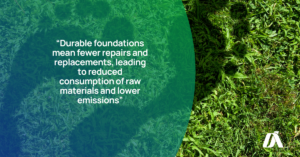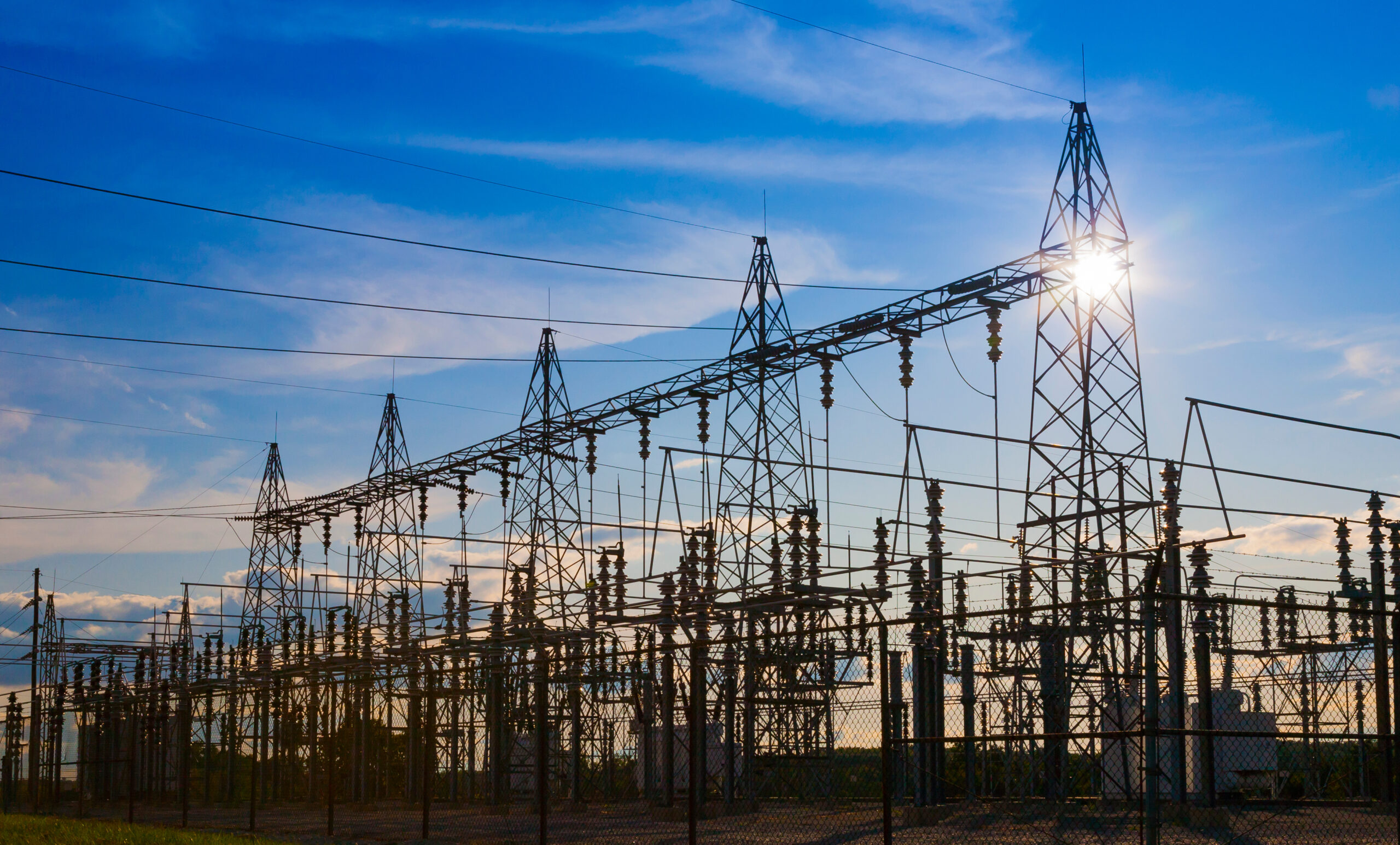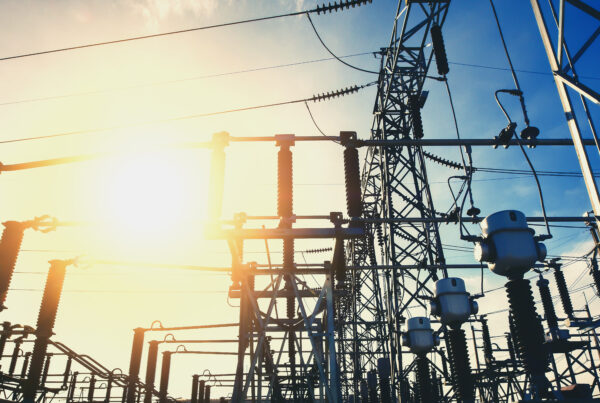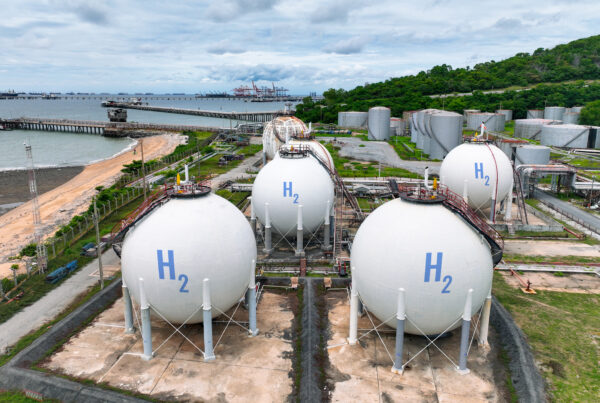The energy sector stands at the crossroads of progress and sustainability. As the backbone of industrial development and everyday life, it faces the dual challenge of meeting growing energy demands while minimising environmental impacts.
The efficiency and longevity of energy and power management facilities, including traditional power plants and renewable energy installations, are crucial in this delicate balance.
The Role of Foundations in Energy Facilities
Stability and Efficiency
The foundation of any structure is paramount to its overall stability and efficiency. In energy and power management facilities, the foundation supports critical machinery, such as turbines, generators, and transformers, which are vital for energy production and distribution.
A robust foundation ensures that these machines operate at optimal efficiency, with minimal vibration and displacement, leading to prolonged service life and reduced maintenance needs.
Impact on Energy Consumption
The condition of a machine foundation directly affects the energy consumption of the facility. A foundation that lacks integrity can lead to misalignment and inefficient operation of machinery, increasing energy usage and operational costs. By ensuring that foundations are durable and properly maintained, facilities can operate more efficiently, consuming less energy and contributing to overall sustainability goals.
Sustainability in Foundation Solutions
Epoxy Grout: A Game Changer
Epoxy grout plays a pivotal role in creating durable and sustainable foundations. Unlike traditional cement grouts, epoxy grout provides superior strength, chemical resistance, and longevity.
It effectively transfers loads from the machinery to the foundation, minimising vibrations and ensuring stable operation. This contributes to the machinery’s efficiency and reduces the need for frequent repairs or replacements, thereby extending the lifespan of energy facilities.
Benefits for Renewable Energy Installations
In the context of renewable energy installations, such as wind farms, the sustainability of foundations is even more critical. These installations often face harsh environmental conditions, and the durability of their foundations directly impacts their efficiency and the consistency of energy production. Epoxy grout-based foundations can withstand these conditions, ensuring that renewable energy installations continue to operate effectively over time, contributing to a more sustainable energy grid.
Renewable energy integration is crucial for sustainable power management but it introduces challenges such as voltage and frequency fluctuations and harmonics due to the variable nature of renewable sources. Efficient foundation and infrastructure design can mitigate these issues by ensuring stable operation of renewable energy installations.
Sustainability Measures in Energy and Power Management
Reducing Carbon Footprint

The energy sector is a significant contributor to global carbon emissions. By adopting sustainable solutions, they can reduce their carbon footprint. Durable foundations mean fewer repairs and replacements, leading to reduced consumption of raw materials and lower emissions associated with manufacturing and transportation.
Energy Efficiency Programs
Implementing energy efficiency programs is another crucial measure. These programs can include regular maintenance and upgrades of machinery and foundations, the adoption of energy-efficient technologies, and the optimization of operational procedures. By focusing on efficiency, facilities can significantly reduce their energy consumption and environmental impact.
Energy efficiency in the industry sector, including energy facilities, is vital for enhancing economic performance and environmental sustainability. Implementing policies and measures to improve energy efficiency can lead to significant reductions in industrial energy use and greenhouse gas emissions.
Investment in Renewable Energy
Transitioning to renewable energy sources is essential for sustainable energy management. Facilities can invest in renewable energy installations, such as solar panels and wind turbines, to supplement their energy needs. This not only reduces reliance on fossil fuels but also promotes the use of sustainable foundation solutions, enhancing overall sustainability.
Life Cycle Assessment
Conducting a life cycle assessment (LCA) of foundation materials and construction methods can provide insights into their environmental impact. By choosing materials and methods with lower environmental footprints, facilities can further contribute to sustainability goals. Epoxy grout, with its durability and reduced need for replacement, is an excellent choice from a lifecycle perspective.
The Future of Sustainable Energy Facilities
The path to a sustainable energy future requires a holistic approach, encompassing not only the sources of energy but also the infrastructure that supports it. Durable and efficient foundations are a cornerstone of this infrastructure, ensuring that energy facilities can meet demand while minimising their environmental impact.
Integration with Smart Grids
The integration of energy facilities with smart grids is another promising avenue for sustainability. Smart grids allow for more efficient distribution and use of energy, reducing waste and enhancing the sustainability of the entire energy system.
Global Collaboration
Global collaboration is key to advancing sustainability in energy and power management. Sharing knowledge, technologies, and best practices can accelerate progress towards sustainable energy goals worldwide.



